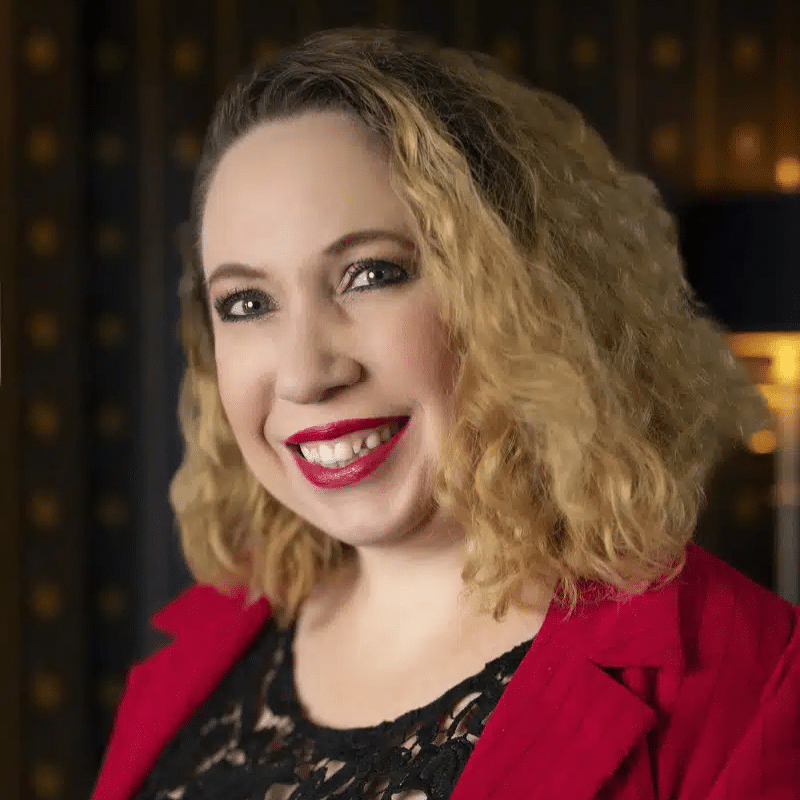Date of decision: 28 June 2024
Body: Patent Office
Delegate: Dr David Carberry
Date of decision:
Body:
Delegate:
28 June 2024
Patent Office
Dr David Carberry
CQMS Triumphs in Patent Opposition Against ESCO Group
CQMS has successfully opposed ESCO Group’s (ESCO) patent application AU 2018201726 (‘726) on the grounds of lack of support and sufficiency. We previously reported on an opposition between the same parties for a related patent family member AU 2018201710 (‘710). As with that case, the Delegate in the present opposition exercised his authority under section 60(3) of the Patents Act 1990 to raise the additional opposition ground of inutility, which was not asserted by CQMS.
Background
The invention described in the ‘710 and ‘726 applications relate to wear parts (like teeth, shrouds, and lips) on excavating equipment that can disengage under heavy loads or abrasive conditions, causing potential equipment damage and production inefficiencies. Traditional monitoring systems struggle to detect wear and breakage in real-time. ESCO’s invention proposes a sensor-based monitoring system, but as oppositions to both applications have revealed, the specifications lack specific details to enable a skilled reader to fully perform the invention.
Notably, whereas the claims of the ‘710 application are directed to a bucket for use with excavating equipment having an inbuilt sensor to detect wear, the claims of the ‘726 application are directed to a system for monitoring earth-working equipment that encompasses sensing wear in an excavation bucket.
Key Issues and Findings
CQMS opposed the ‘726 application on several grounds, but the grounds for the hearing were narrowed to lack of inventive step, support and sufficiency. The Delegate found that the claimed invention was inventive. However, claims 11-13 and 15 directed, respectively, to an ultrasonic sensor, a laser range finder, a laser interferometer, and programmable logic to determine which wear part is secured to the bucket, were found to lack support. The specification was also found to lack an enabling disclosure for these claims, and all claims were found to lack utility.
In relation to the disclosure requirement, the Delegate noted that the description does not disclose how wear can be determined without performing an image analysis, and does not disclose how a single ultrasonic sensor, laser rangefinder, or laser interferometer can be used to generate an image for said processing. The Delegate therefore considered that the specification did not provide an enabling disclosure of all things that fall within the scope of the claims.
Exercising the Delegate’s authority under section 60(3), the Delegate also found that the claimed invention could not achieve the desired purpose of monitoring equipment under extreme conditions without sensor damage or the desired purpose of allowing useful images to be taken. As none of the claims included any form of sensor protection or obscuration prevention, all claims were found to lack utility.
Takeaways
The two CQMS vs ESCO oppositions illustrate the importance of exploring all possible grounds of invalidity when seeking to challenge patent rights in Australia, and the impact of the Delegate exercising their section 60(3) discretion to raise additional grounds of invalidity not asserted by the challenger. From the patentee’s perspective, it is critical to ensure that the claim scope is not overly broad, an adequate disclosure is provided and narrower dependent claims are included which protect the commercial embodiment (to provide a fallback position should the independent claims be found to be overly broad). It is also important for the patentee to be alive to the impact of the evidence which they file in answer to one ground of invalidity on their ability to answer other grounds of invalidity relied on by the challenger. In this case, the patentee’s own evidence in answer to the inventive step case was relied on by the Delegate to find that the patent application lacked an enabling disclosure.
As with the opposition to the ‘710 application, ESCO has the opportunity to amend the claims of the ‘726 application (by 28 September 2024) to address the objections. This will not be straightforward. Alternatively, ESCO may seek a review of the decision by the Administrative Appeals Tribunal or may seek an appeal to the Australian Federal Court.
About Pearce IP
Pearce IP is a specialist firm offering intellectual property specialist lawyers and attorneys with a focus on the life sciences industries. Pearce IP and its leaders are ranked in every notable legal directory for legal, patent and trade mark excellence, including: Chambers & Partners, Legal 500, IAM Patent 1000, IAM Strategy 300, MIP IP Stars, Doyles Guide, WTR 1000, Best Lawyers, WIPR Leaders, 5 Star IP Lawyers, among others.
In 2025, Pearce IP was recognised by Australasian Lawyer and New Zealand Lawyer’s 5 Star Employer of Choice, and is the “Standout Winner” for inclusion and culture for firms with less than 100 employees. Pearce IP was awarded “IP Team of the Year” by Lawyers Weekly at the 2021 Australian Law Awards. Pearce IP is recognised by Managing IP as the only leading ANZ IP firm with a female founder, and is certified by WEConnect International as women owned.

Helen Macpherson
Executive, Lawyer (Head of Litigation –Australia)
Helen is a highly regarded intellectual property specialist and industry leader with more than 25 years’ experience advising on patents, plant breeder’s rights, trade marks, copyright and confidential information. She is known for her expertise in complex, high-value patent matters and leverages her technical background in biochemistry and molecular biology to work across a wide range of technologies, including inorganic, organic, physical and process chemistry, biochemistry, biotechnology (including genetics, molecular biology and virology), and physics. Helen is an active member of the Intellectual Property Committee of the Law Council of Australia and the Intellectual Property Society of Australia and New Zealand.

Donna Meredith
Associate, Patent & Trade Mark Attorney
Donna is a Patent and Trade Mark Attorney with more than 8 years’ post-qualification experience, and a background in biotechnology and biology.
Donna supports Australian and international clients in a range of life sciences fields including nanoparticles, pharmaceuticals, biopharmaceuticals, biotechnology, DNA sequencing, cell and gene therapy, CRISPR technologies, protein chemistry, formulation chemistry, chemical compounds, biofuels, plant varieties, ag-tech, food-tech and medical devices.

